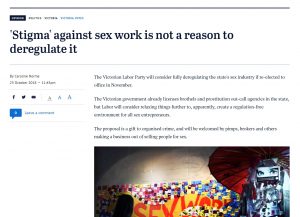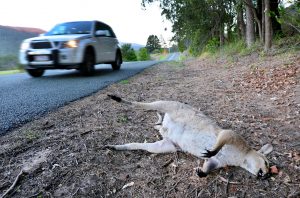Australian research into occupational health and safety (OHS) is a lot less than research into other areas of business and management, especially in relation to the psychological wellbeing of workers at all levels of the corporate structure. As such, it has become common for experts, advocates and researchers from the social, non-work, public health areas to overlay general and broad research findings on to workplaces – they are, in effect, filling a vacuum. But just because the OHS research into psychological harm is thin or immature does not mean that work does not have its own characteristics.
Over many years OHS has produced research and guidelines that include the psychological effect of sexual harassment, but it has been ineffectual or ignored for may reasons. This submission is an attempt to illustrate the potential already in existence in Australia that could be used to prevent sexual harassment-related psychological harm.


 In 2017 the Victorian Government reviewed and revised its
In 2017 the Victorian Government reviewed and revised its 
 Every man is aware of his penis and scrotum from a very early age. Male genitals do not feature often in discussions about occupational health and safety (OHS) but there was a workplace incident in the United States around 1970 that gained considerable attention but not really from the OHS perspective. I have always thought this incident would be a useful case study for discussing how this scenario would be managed today.
Every man is aware of his penis and scrotum from a very early age. Male genitals do not feature often in discussions about occupational health and safety (OHS) but there was a workplace incident in the United States around 1970 that gained considerable attention but not really from the OHS perspective. I have always thought this incident would be a useful case study for discussing how this scenario would be managed today. On June 20 2018, the Australian government announced a
On June 20 2018, the Australian government announced a 